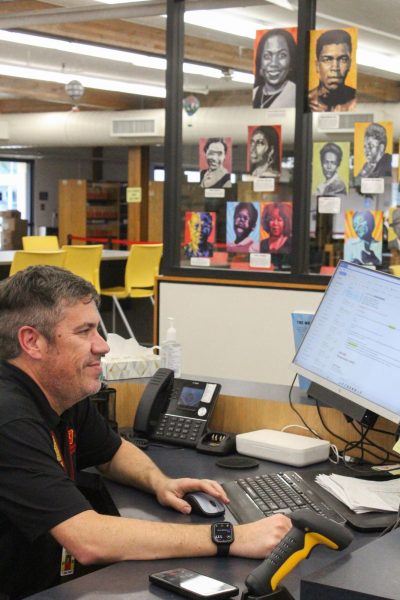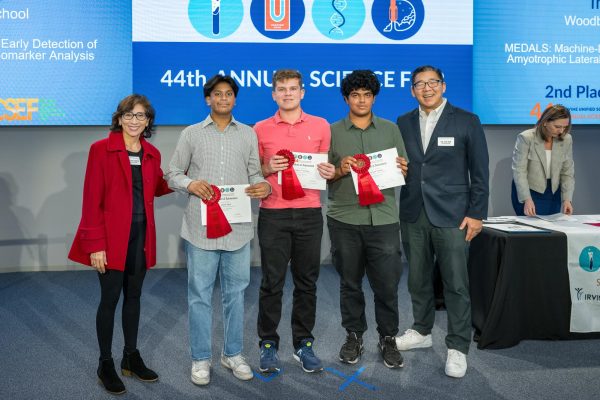Physics’ mission for galactic liberation
A portion of the star system in the Galactic Liberation Game sets up exciting adventures for physics students.
LEGO starship minifigures line the desks in neat rows, poised for battle. Intricately designed spheres resembling distant planets lay in the back. This is the world of the Galactic Liberation Game, or GLG for short, sparked from the mind of physics teacher Andrew Gibas.
“In the game, students liberate the galaxy from starships…with the game based on both LEGO models and a digital interface,” Gibas said.
Gibas initially planned the game during the beginning of second semester last year as a way to teach physics in a more interactive manner, with students earning points to increase their progress in the game. The game was based on Gibas’ previous experience with playing role-playing games, or RPGs.
“The game relates to physics through the application of conceptual physics, problem solving and critical thinking,” Gibas said.
Although the game may seem trivial compared to a traditional Advanced Placement curriculum, Gibas believes that the game allows students to develop varied problem-solving skills, as they would in any other physics class.
The game was developed by Gibas and his returning students with some college students advising on programming the game’s interface.
Hope Lee, a junior, worked as the lead concept artist for the game, designing the worlds that the students will travel to as well as the characters they will encounter there.
“As a concept artist, I draw the different aliens of the game as well as some of the robots and some of the scenery that playing students will see,” Lee said.
Despite the game’s relatively simple exterior, being based on LEGO figurines, it conceals a deceptive array of advanced work and ingenuity.
“There’s a lot of creativity involved and a lot of frustration…but it’s really fun because you get to hang out with other people and make things up,” Lee said.
Although the game is still in the early stages of development, Gibas and his students hope to involve other classes, especially other science classes, with the game as contributors in order to help his physics students advance.
“The more people involved, the more important the game becomes and the more fun everyone has,” Gibas said.
Your donation will support the student journalists of Woodbridge High School. Your contribution will allow us to purchase equipment and cover our annual website hosting costs.







